

Unclaimed: Are are working at Webflow ?
Webflow Reviews & Product Details
Weblfow allows business owners, entrepreneurs, marketers, and content creators to build websites and publish content using the full power of HTML, Javascript, and CSS in a fully visual canvas without the need for coding. Combining e-commerce, marketing, content management, animation, and design function in a single platform, it empowers users to launch, manage, and promote websites and content within a quick turnaround time and in a more cost-efficient manner. Users have access to more than 1,000 templates coupled with a host of marketing capabilities such as mobile responsiveness, search engine optimization, CRM syncing, and useful integrations. Apart from its CBS features, Webflow is also e-commerce and content monetization-ready. It also offers Webflow University, a comprehensive knowledge repository of everything that users need to know to maximize the platform.

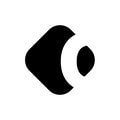
| Capabilities |
|
|---|---|
| Segment |
|
| Deployment | Cloud / SaaS / Web-Based, On-Premise Linux |
| Support | 24/7 (Live rep), Chat, Email/Help Desk, FAQs/Forum, Knowledge Base, Phone Support |
| Training | Documentation |
| Languages | English |
Webflow Pros and Cons
- You can tweak designs using CSS
- Fantastic customization features
- Ideal for working with clients
- You benefit from high levels of customizability with full access to your website’s code.
- Webflow mimics popular design software like Adobe Photoshop and InDesign, which creates a smoother transition for designers familiar with these tools.
- Beginners might find it intimidating
- Not a lot of third-party integration options
- Some templates have to be paid for
- Webflow comes with a steep learning curve, especially if you don’t have any coding knowledge or experience with traditional design software.
- You can’t launch a live website with Webflow’s free plan.
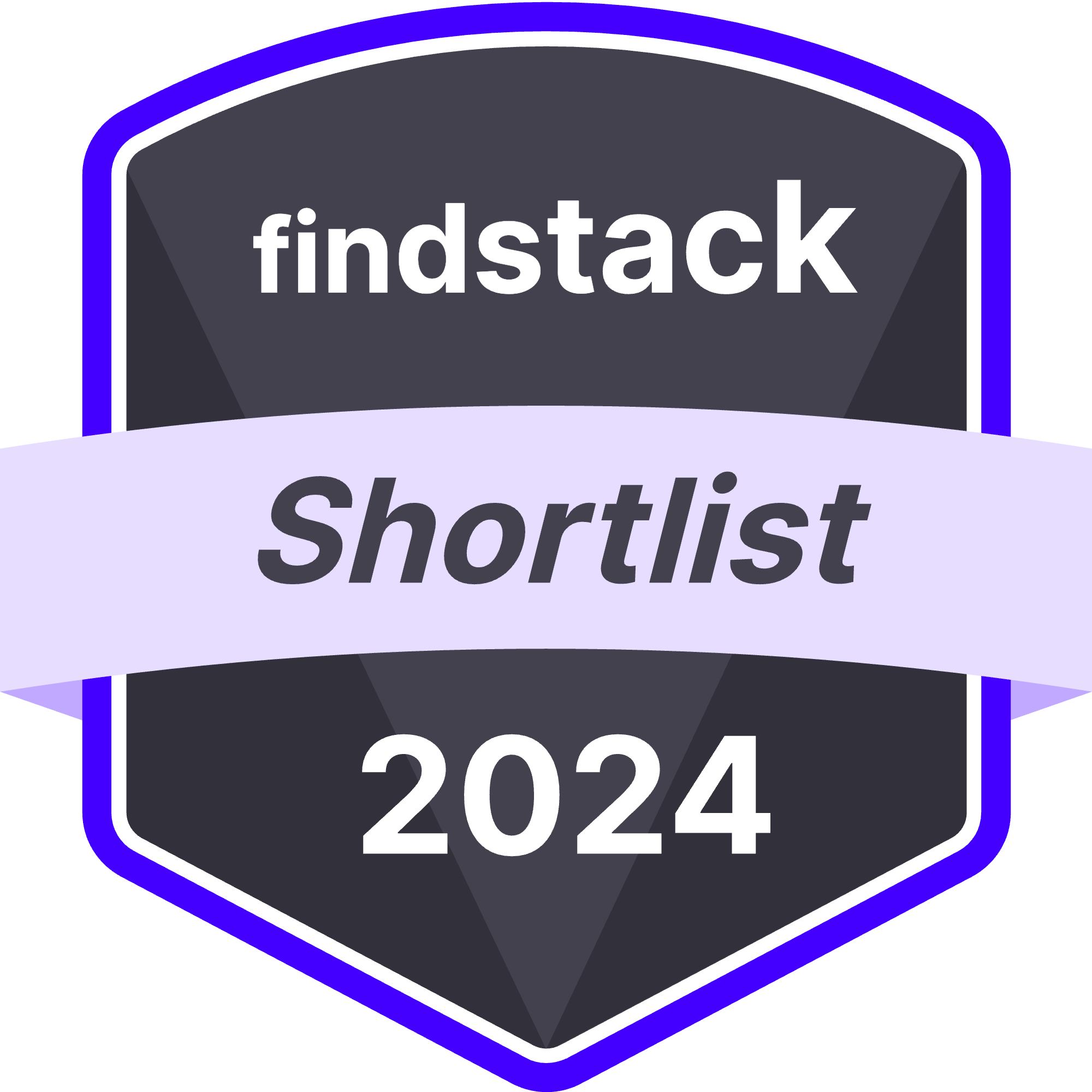

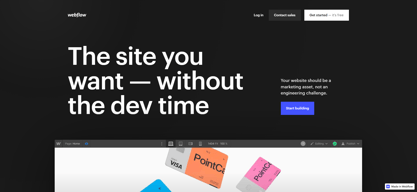
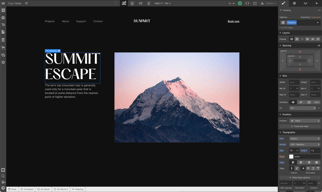
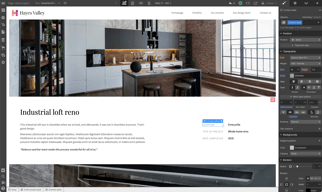

Compare Webflow with other popular tools in the same category.

No code needed! I've designed a complete website without having to know code.
Naming all you elements can be a little tricky to keep track of.
Webflow has been a game-changer for my startup. It's incredibly user-friendly, allowing us to build and manage our website without needing to learn code. This has saved us a lot of time and resources that would have been spent on hiring developers or learning programming ourselves. One of the biggest benefits is the design flexibility. Unlike other website builders that offer limited customization, Webflow lets us create a unique website that really stands out and aligns with our brand identity. We've also been able to integrate essential features like forms directly into our website, which is vital for our sales and customer engagement. Plus, Webflow takes care of the technicalities like ensuring our site is responsive and optimized for different devices and search engines, which is crucial in today's mobile-first world. Another major plus is the platform's scalability. As our startup grows, I'm confident that our Webflow site can handle increased traffic and content without any performance issues. This scalability is critical for our expanding business needs. Lastly, the cost-effectiveness of Webflow cannot be overstated. It eliminates the need for external web developers, which is a significant saving for us as a startup operating with a tight budget. Overall, Webflow has provided us with an accessible, professional online presence that's integral to our business growth.
Webflow is both accessible for non-developer and very complete/professional. Thanks to the many free ressources they provide, it's easy to take your first steps. There is always more to learn and an infinity of possibilties to create absolutely everything you have in mind. The community around Webflow keeps growing and is also very helpful to find inspiration and guidance.
Everything is great at the moment 🙂 Learning curve might need some patience for a beginner but also very pleasant.
A very up to date CMS in which I never been stuck on anything infeasible. UI/UX are nice and very accessible for non developer profile. Also performing very well on SEO/performance.
I like that Webflow takes care of hosting and security, it is really easy to use it to and to onboard new people.
There are functionality limitations, however we can see the new features being added every few weeks, that is really great.
Hosting, security, easy to use website builder. We were able to dramatically increase the speed of websites development
Ease of developing and management of website. The CRM feature is also very handy for ease of updating and managing various segments of the site. From development to publishing, it was quite easy to handle. The platform also allows for a lot of customisations and types of deployment. I use it weekly to update content and it is very convenient.
Learning curve is a bit steep, but once you get the hang of it, it is manageable.
Their CRM tool is very easy to use, and thus I can regularly update the site with articles and promotions.
Simplicity, also for non web developers.
Sometimes buggy, overtime having used it it got much better though.
Helps scale online presence quick and without too many headaches
Easy to create, deploy and manage multiple sites and landing pages. Integrates natively or with some light work with a lot of tools, like Sales Force. You can get it up and running in no time, set up multiple levels of access: you can have a designer working on a page structure and a content editor solely for changing texts, images, etc. If you need a blog, Webflow has got your back. If you need to deploy multiple variations of a single page (changing slugs, pictures and texts, for example) you can do it with their robust CMS. There are some e-commerce integrations that I haven't used it yet, but it looks easy to implement and use.
Code editing on a singla page can be a bit slow, but I get it's not the produt goal. It would be nice to have some form of A/B testing, even as a paid add-on.
Webflow made it faster to design and deploy websites, blogs and landing pages across multiple business units. With a state of the art responsive design editor: I've used some other responsive editors, but not with the depth and possibilities Webflow offers.
Design mode is really easy to use for someone who builds websites yet you can tweak everything and do custom if needed. Plus, you get editor mode as well. It is the best mix of a platform for those who want easier templated design and those who need to get in and dig into custom design. Simply put, it's fantastic. Customer support is top notch as well.
Not much to dislike. I wouldn't mind if they expanded some of the filtering/sorting options on the CMS component of their platform.
Besides my own nonprofit, I do website building for many small business and nonprofits and it makes building those sites speedy, yet fully customized to their needs.
It is technical and also super simple to use. The technical part allows us to be super precise and the simplicity allows multiple users to work on the project. Amazing!
According to us and our use, pricing plan is not ideal. Having to upgrade our package to fully work on the project (for 2 people max) is not the best user experience.
Being able to build an amazing website easily and with a lot of personalization. Without having to be a dev to finish properly the project. Templates are a great way to start.
Webflow's website designer and templates provide the highest levels of quality, flexibility, and professional design. It allows me to build more professional websites than using competing platforms, and I've tried many of them.
It takes time, and a lot of trial and error to understand how to work with Webflow's website designer, it's not as straightforward nor intuitive as with the competing platforms, however, the end results are absolutely worth it!
I'm using Webflow to design, and develop commercial websites (as a modern alternative to WordPress), and also to design, and develop UI screens for modern web applications (e.g., admin panels, dashboards, etc.).
Webflow is a super fast and easy to learn tool. Coming from creating websites on WordPress, I am finally relieved to use a tool that doesn’t give me headaches and helps me create websites faster. I like how easy it is to deploy a website, and that we can now create page branches.
Dealing with classes nomenclature can be tricky. The collections are very useful although the interface and how we access them can be improved.
Because of the components library, by building a website on Webflow I can deliver to my team/clients a finished product much faster than using other tools. It's helping me maintaining the websites by not worring about any version updates messing up with the structure of them. Working in a company with business in different countries and the need to have similiar local websites, using Webflow, that allows me to duplicate sites, helps me be more efficient.





